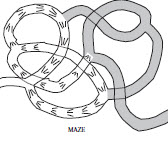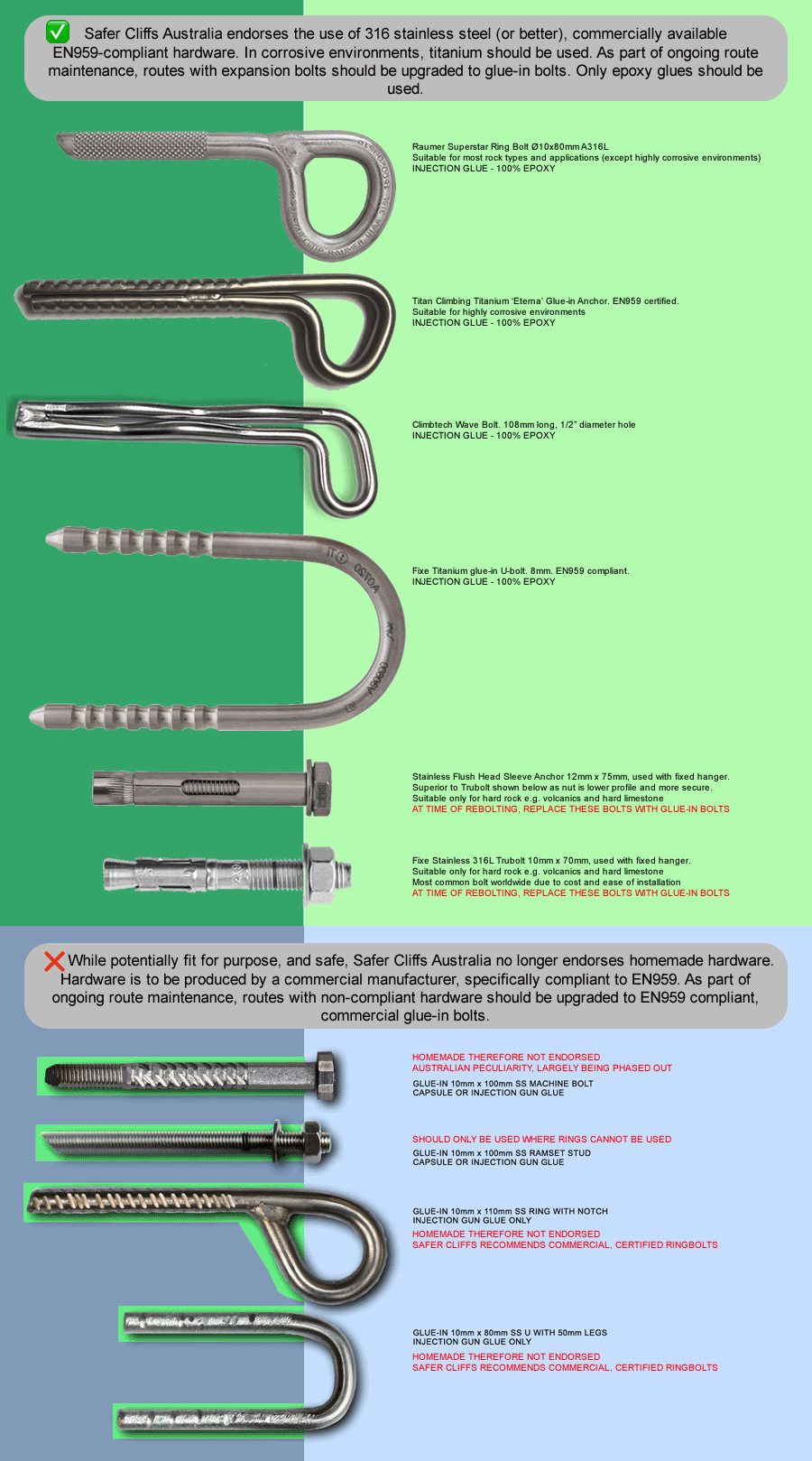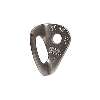"
Walk around the vicinity of the dropshaft on the surface popping manholes looking for one that connects to the tunnel at the top."
This is what I typically do. You have to remember that a tunnel is specifically designed to not have any snags in it. They design them to not drag water and debris, but it also makes it difficult to find places to fix ropes or find holds to climb. Generally where there is a drop shaft, there is also a manhole so going topside should be relatively easy.
Abby_Normal's bolt suggestion is also probably the best option for staying below the surface. Climbers routinely employ drills to place protection and bolts on routes (although usually from rappel). Drills are extremely cheap even brand new, let alone what you could pick up from a garage sale with a bit of creativity.
What you would essentially be doing is called "aid climbing", just underground. Aid Climbing is a style of rock climbing that uses artificial protection to scale a section of rock wall. The technique calls for the climber to place protection in the form of a cam, nut, bolt, sling, piton, etc. above the climber's body, then attaching a type of ladder via caribiner to that piece of protection. Once placed, the climber climbs the ladder (hypothetically to the height of the last placed piece) and with the newfound body-length of height achieved, starts the process over of placing another piece of protection for further clipping.
You can google or youtube "Aid Climbing" to get a better understanding of the concept. Keep in mind that you probably will not require all the ropes and harnesses that a rock climber would be carrying. A simple drill, bit, some bolts, an aid ladder, and sling to carry your gear would more than suffice. Speaking of ladder, that is the other important element in scaling a sheer, water worn, concrete wall. An aid ladder (often found called an "etrier") can be bought or hand made.
Here is a picture of the ladder itself. It is composed of some tubular webbing and a semi-rigid or rigid upper spacer to keep the rungs from collapsing under weight. They run about $40 from a specialty climbing shop or are commonly made from some webbing and PVC pipe for around $5.
This next picture shows a big wall climber getting ready to place the ladder on a piece of protection. The protection in your case would be a drilled bolt, like Abby suggested. Note how once the climber clips the ladder into the bolt, he/she is able to gain an extra few vertical feet in order to drill the next bolt.
Again, also remember that each placed piece can gain you between 2 and 3 feet in height in your climb. You would likely not have to place more than 1 or 2 bolts in any such dropbox to be able to "mantle" over the ledge. This is the move that is reffered to as "mantle", you place your hands on a ledge or "mantle" and muscle your body over the edge.

Once you placed the bolts the first time, any subsequent explores to this same drain would only require the use of a rope ladder or even a sling to create hand or foot holds. Really nice no-rust expanding climber grade bolts are not even that expensive.
Expanding bolts require a predrilled hole about the diameter of the bolt itself drilled into the rock or concrete. The bolt and hanger is then inserted into the hole flush against the wall. You can then utilize a crescent wrench or socket to tighten and activate the expanding head of the bolt to lock it in place in the wall. Depending on where you buy each bolt and hanger set would run you between $5 and $10 bucks.
Here is a picture of a typical expanding bolt as well as the "hanger" that you put the bolt through to interfaces the bolt and a caribiner.

I hope what I explained was somewhat clear, as it can be difficult to detail specific techniques in layman's terms. If you have any questions, please refer to a bigwall climbing text or PM me or someone in the ropework subforum,
edit 1/ For some reason the post did not submit, so I repasted it.
edit 2/ As Abby's chart shows, glue-in bolts are superior to my aforementioned expanding bolts, but keep in mind that expanding bolts are immediately usable whereas glue in bolts require time for the glue/epoxy to cure before they reach full strength. Also remember that this gear is intended for climbers and it is rated to expect rather extreme shock loads from falling climbers. Using it just for body weight placements SHOULD make it a state of overkill and totally safe.
















